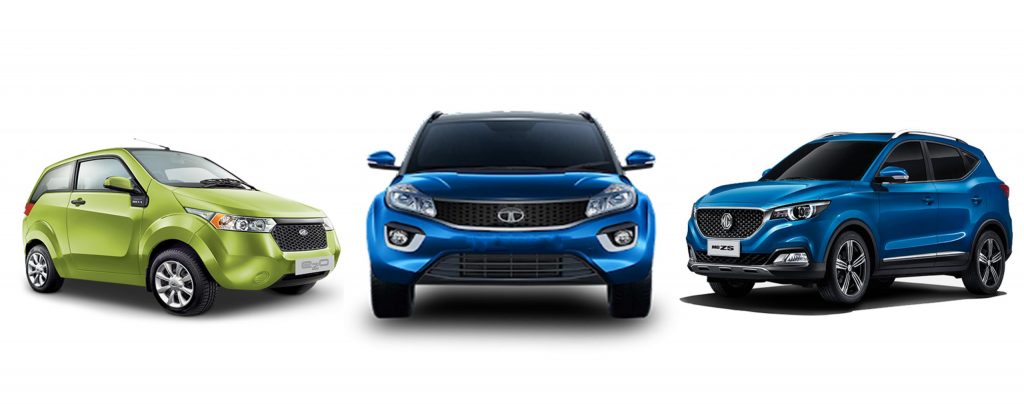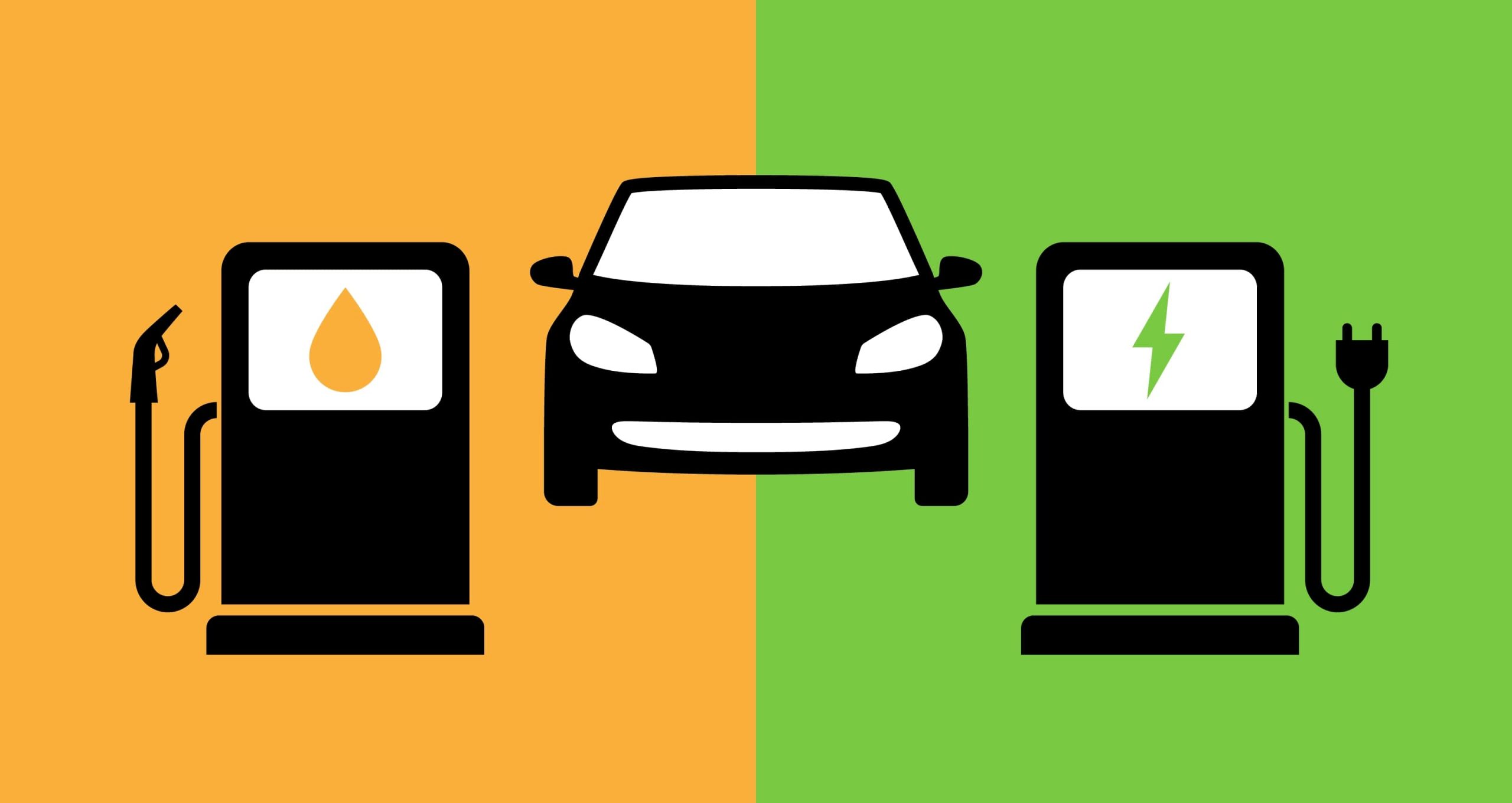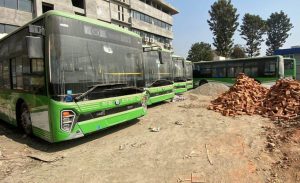A fairly environment-conscious person in Nepal will look into electric vehicles (EV) if they are looking to own their own transport. They will find that most of the specifications are surprisingly as good as any fuel-based vehicle. Then, they encounter the price of the EV, which could be a challenge. In addition to the price factor, the lack of charging points and unpredictable power outages also discourages the zeal to make their place cleaner and greener.
Hence, the government needs to improve its electric vehicle policies in Nepal. Here are some suggestions on why and how the policies should be revised.
What are current policies?
Despite the government’s plan to replace fossil fuel-based vehicles in the next decade, the policies are at best, average. The Environment-Friendly Vehicle and Transport Policy (2014) aimed to increase shares of EVs up to 20% in 2020 and proposed subsidy schemes. But, the market of the EVs dropped following the increase in 120%-140% of tax of combined excise and customs duties in the 2020/21 budget plan.
The new budget, however, repealed the criticised increment and fell back to only 10% customs duties again. Additionally, the road and renewal taxes are waived for those switching from fuel vehicles to EVs. A commendable effort was also made by Nepal Electricity Authority (NEA) to bring about 50 charging stations across the country within the coming year. Apart from sapha tempos (electric three-wheelers), the Bagmati province also aimed to bring electric buses into function.
While the prices of four-wheeler EVs reduced exceptionally, the two-wheelers’ prices did not budge at all. For example, an electric scooter could cost around Rs 80,000 in India, but by the time it is sold in Nepal, the price exceeds Rs 220,000. The Bagmati province, which also includes Kathmandu, also slapped Rs 1,500-3,000 yearly renewal tax on privately owned EVs depending upon the battery’s power output.
Why do we need to change these policies?

1. Promoting internal electricity consumption
Internal consumption of electricity can be boosted significantly by promoting more electric vehicles in Nepal. Before planning to export electricity to our neighbouring country in the monsoon, it is important to increase domestic consumption.
Hydropower projects have also increased in number. The steady production can be sustained and even increased in capacity if more EVs are plying on the roads.
2. Less reliance on the import of fossil-fuel
In the fiscal years 2018/19 and 2019/20, diesel and petrol were the topmost imported commodities. India, Nepal’s major trading partner, accounts for diesel imports amounting to 11.88% of the total trade. The significant dependence on fossil-based fuel imports is due to the lack of affordable alternative transportation as well. Nepal had pledged around 25% private and 20% public EVs by 2025. This means an approximately 9% decrease in fossil fuel dependency.
3. Fulfilling international obligations
Nepal ratified the United Nations Framework Convention on Climate Change (UNFCCC) to ensure at least 15% of total energy demand is supplied by clean energy by 2030. Similarly, 5000MW production of clean energy is also an unconditional target. By developing an increment in the use of EVs, Nepal can reach the goals of fewer emissions even faster than the specified time.
What should the new policies address?
1. Infrastructural development
For EVs to take off, people need facilities for them to run smoothly. Apart from fixing the extremely dangerous potholes in random places, each province and local government should focus on building more charging stations. Charging stations in turn can also promote solar energy. For longer rides, a battery-swapping station is also viable as it will not interfere with long-distance travelling.
Moreover, to encourage new riders to consider EVs, a fast-track registration process for EVs can be done. The government usually has a much bigger grasp on public transport. An example of Shenzhen city of China can be taken which has over 16,000 fully electric city buses. Thus, policies can be made to bulk-buy buses to make public transport fully zero-emission.
2. Electronic waste management
When EVs come to the end of their life, their battery must be carefully disposed of to prevent toxic pollution. The batteries are the most expensive part of the EV. Instead of throwing them away, recycling can be done to make smaller batteries. The International Energy Agency (IEA) estimated that 180,000 metric tonnes of EV batteries can be recycled. The recycled batteries can also meet the battery-making mineral demand by 12%.
With a good policy, Nepal can also do this.
3. Taxation and incentives
Until 2024, the Andra Pradesh state in India has given road tax and registration charges exemption for all EVs. A similar step can be taken by the provincial governments in Nepal to increase the number of EVs. Taxi and ride-hailing services can also be made fully electric by bringing easy exchange policies. For a more mandated policy, they can specify the maximum age of a fuel-based vehicle so that electric exchange is imminent. Since 2000, Norway has observed a 50% reduction in company car tax for EVs. For Nepal, not only company cars but vehicles used by public officers can also be switched to promote EVs.
With a consistent promotion of EVs that are more affordable and accessible to the general population, Nepal can successfully transform into a cleaner and greener energy-based country in the near future.

























